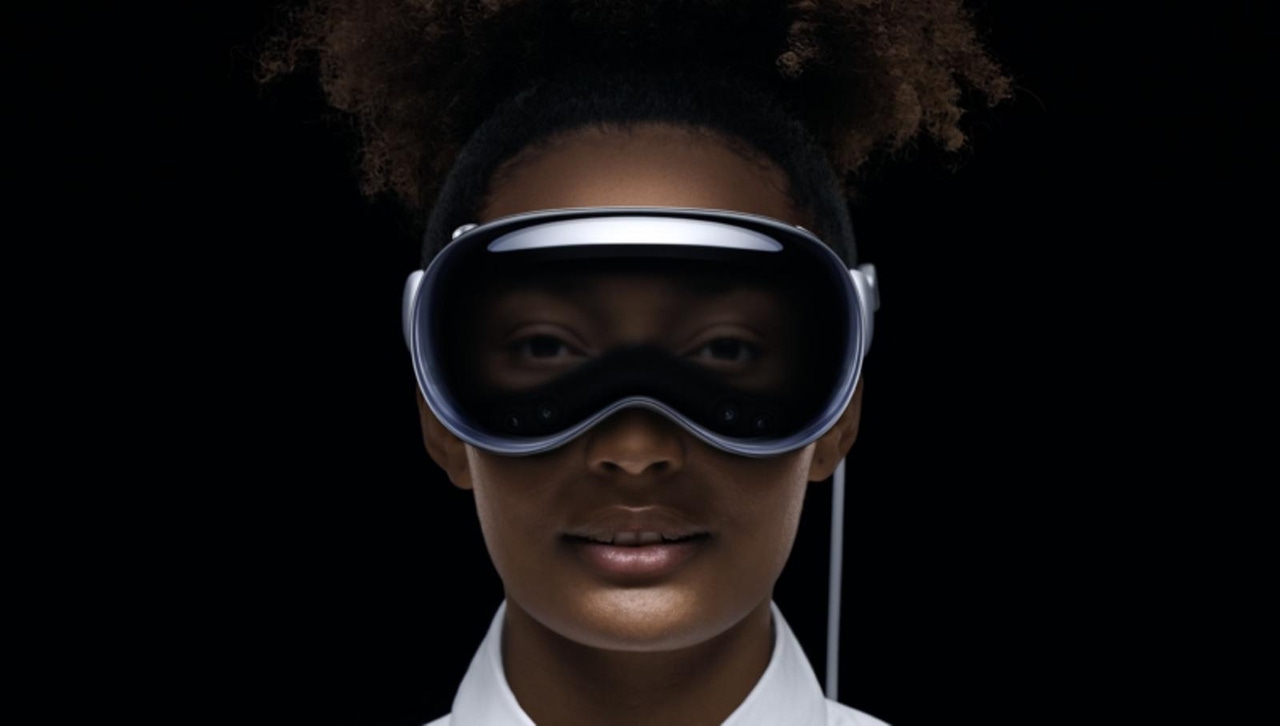Trending
Opinion: How will Project 2025 impact game developers?
The Heritage Foundation's manifesto for the possible next administration could do great harm to many, including large portions of the game development community.
The $3,500 headset is expected to launch early next year.

Apple has reportedly delayed plans to release an affordable version of its mixed-reality Vision Pro headset and cut production forecasts.
The Financial Times is reporting that the "complexity" of the headset design and production difficulties forced Apple to downwardly revise its targets.
Two sources close to Apple and Luxshare, the Chinese manufacturer tasked with assembling the Vision Pro, said the pair are preparing to make fewer than 400,000 units in 2024.
Two other component suppliers based in China have also told the FT that Apple has only asked for enough parts to build a maximum of 150,000 units during the first year of production.
Apple had reportedly set an internal sales target of 1 million units for the Vision Pro during its first year on shelves, indicating the company has made a significant downward adjustment to that forecast.
Apple unveiled the long-rumored Vision Pro headset during its Worldwide Developers Conference back in June.
The device, which allows wearers to flick between alternate reality (AR) and virtual reality (VR) modes, will retail for $3,500 and is expected to launch in early 2024.
According to the iPhone maker, the Vision Pro will run on a custom-made operating system that has been dubbed visionOS. It will also display the user's eyes on an outward-facing screen through a feature called Eyesight.
The company claims the Vision Pro will usher in an era of "spatial computing" by seamlessly blending digital content with the physical world.
In terms of tech, the Vision Pro features a custom micro-OLED display system that sports 23 million pixels, a three-element lens, a spatial audio system that leverages dual-driver audio pods, and an eye-tracking system that combines LEDs and infrared cameras to project "invisible light patterns" onto each eye.
That will all be powered by a dual-chip design that leans on the M2 chip and the brand-new R1 chip, the latter of which is specifically dedicated to process camera, sensor, and microphone inputs.
You May Also Like